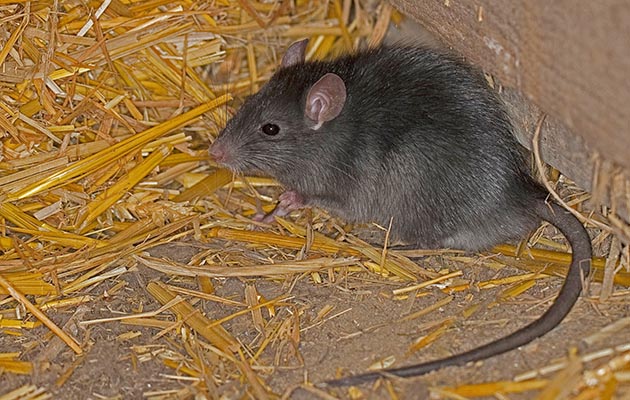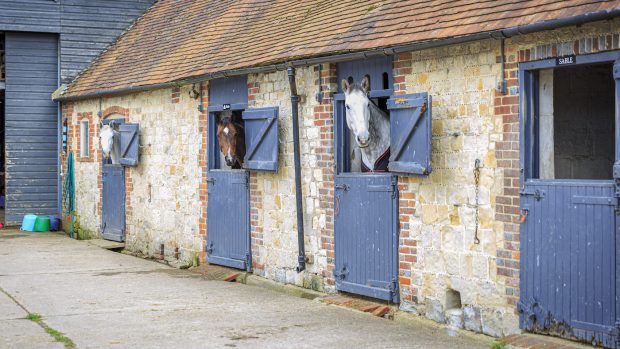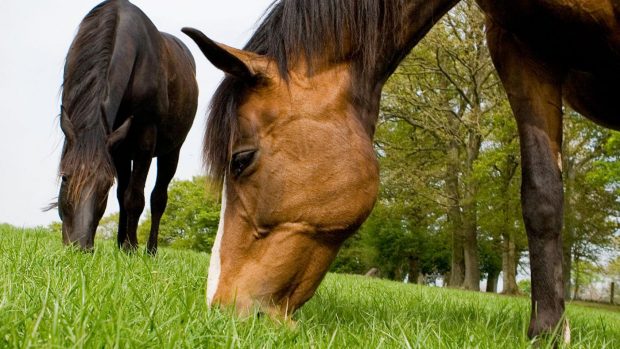Many a leisurely weekend morning at the stables has been completely shattered when you come into contact with the remains of a dead rat. While many yards will claim to be vermin-free, without proper management in place, you might be surprised where rats and mice are crawling, eating and even reproducing (E.G: your rugs and feed bins).
Pest controller Michael Flatters, owner of the Lincolnshire-based Fen Tiger Pest Control and former farrier, gives us his top tips for preventing and dealing with vermin outbreaks.
Q: Why should I bother dealing with an infestation?
A: Having a presence of vermin on the yard can be more than just an eye sore. “Rats and mice can be a disease risk to humans and other animals, and if you are a yard owner, you will have a legal obligation to protect staff and clients,” says Michael.
Some of the problems and diseases rats can cause include:
- Weils disease
- Salmonella
- Damage to property
- Electrical wiring chewed/fire risk
- Chewed water pipes
- Damage to building structure
- Damage to tack, rugs, blankets, clothing etc
- Reputation – no one likes to see rats and mice.
“As a farrier I have even seen hooves chewed by rats on stabled horses, and watched video footage of rats running over the top of horses while they are laying down,” says Michael.
Q: How can I prevent rats and mice using my yard as their home?
A: “Prevention of rats and mice in stable areas is never going to be easy,” continues Michael. “It is nearly impossible to seal a stable building, but having a separate feed room with a good fitting door and keeping it closed will certainly help.
“Store foodstuffs in steel feed bins or galvanised dustbins (not plastic), and always keeping your feed storage area tidy — let’s not forget the bags of carrots/apples, which need to be stored safely too.
“Rats in particular will often (but not always) live immediately outside buildings and come in to feed, so keeping a weed free area immediately around your stable buildings will be a great help, as will removing any goods stacked against or next to the exterior walls.
“Other areas where rats may like to live include inside hollow wall cavities and under concrete floors. Stacks of hay/straw can often be a great home for rodents and although this is not easy, I would recommend having the stack lifted off the ground 30cm or more. If stacked on wooden pallets the rats have a perfect safe place underneath to make home.”
Q: So how do I get rid of rats once I’ve seen them on the yard?
A: “If rats or mice are present then it is always best to treat them at source, so where they are living,” he says. “With rats, searching for rat burrows outside the buildings will be a good start. Look for holes under the concrete slab of the building and look for runs the rats have made as they move from home to the food source and back. Also look inside the buildings. Get a torch to look for holes in walls, in hay/straw stacks, even in ceilings — areas that are often left alone.
“Mice will tend to live much closer to their food supply — wall cavities are a favourite for mice, but rugs and blankets make great homes too.”
Q: What are the treatment options?
Non-toxic baits
“The use of non toxic baits should always be your first approach. As mice are naturally inquisitive and normally easy to trap, we tend to use peanut butter or chocolate spread on a mouse trap for mice. Boxes are available to keep traps safely away from non targets.
“I am not a fan of live catch traps for rats or mice as it heightens the stress of the animal when captured — some will eat each other, and too often I will find live catch traps that have been forgotten, leaving rodents to starve to death inside. Let’s not forget that if you catch a rodent in a live trap, it is a legal requirement that you need to kill it quickly and effectively. Drowning is illegal and even if it is only a rat or mouse, they still deserve a quick clean dispatch.
“With rats trapping is not so easy. They are naturally wary of any new object, even food, so trapping can be difficult to attain control. We tend to use snap traps for rats inside bait stations and often use them un-baited and let the rats just run through the boxes to get caught. You can bait the boxes with similar foodstuffs.
“Glue boards are my pet hate. I refuse to use them in my business, they are cruel, inhumane, and can easily catch many non-target species.”
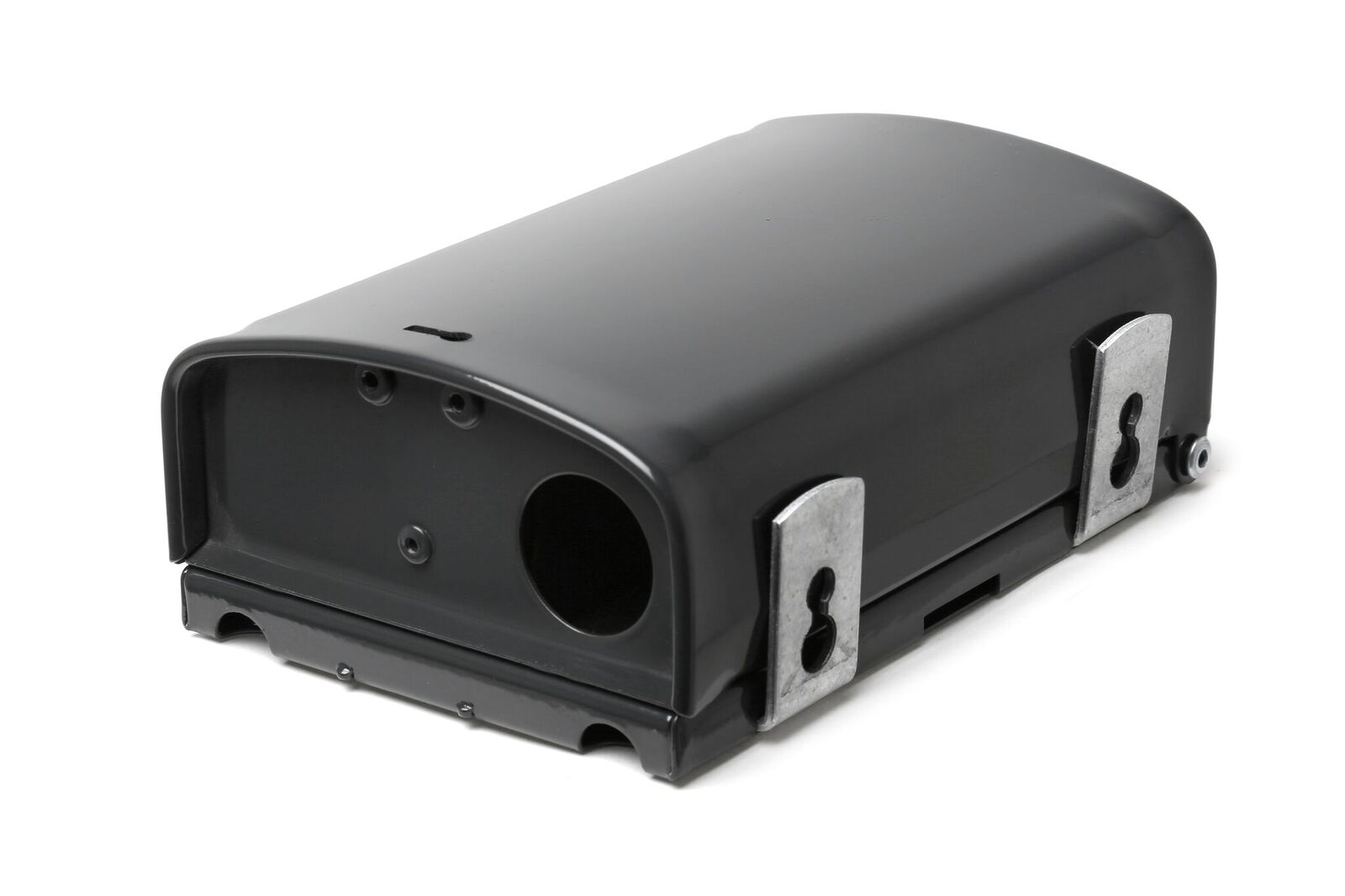
Rodenticides
Michael adds that the use of rodenticides will always carry a risk, so he recommends using a qualified pest controller. The National Pest Controllers Association, or The British Pest Control Association will be able to advise of members in your area. He says: “There are many things that can go wrong and it is too easy to be complacent when baiting for rodents.”
Amateur rodenticide baits
“Until recently many of the same baits used by professional pest controllers were also available for amateur use, but this has now changed,” says Michael.
“The Campaign For Responsible Rodenticide Use (CRRU) and new hazard classification of most rodenticide baits will now mean greatly reduced amounts of product can be sold to amateurs and strength will be reduced to 0.0025% of active ingredient. Professionals will still have access to higher strength baits and the new lower strength.
“I would recommend looking at think wildlife.org before starting any baiting program to see why we are all now bound by these regulations. Also ask at your feed supplier as if they stock rodenticide. Training courses are available if you wish to learn more.”
Protecting non-target species
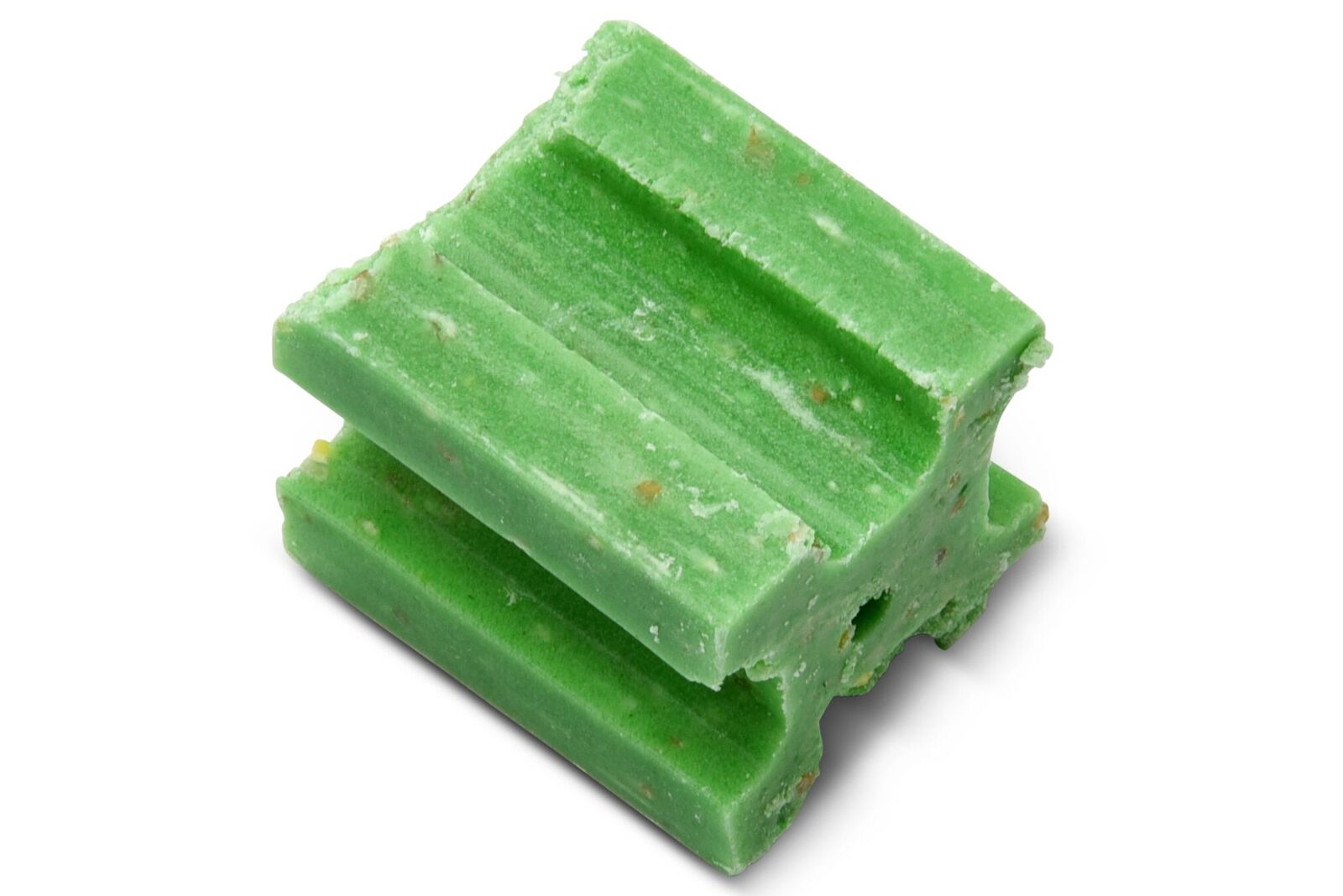
“If you still wish to use rodenticides I recommend using strong bait stations to help protect non target animals from the baits. These are steel boxes available with a key lock that can withstand the tough environment of a horse yards. But place them away from horses and secure them to the ground or wall to prevent spillage.
“The use of block type baits (above) will be the safest method if secured on steel rods inside bait stations, there is less chance of spillage than wheat baits.”
And finally…
READ THE LABEL — the statutory box on the label will provide instruction for use. It is a legal obligation to follow those instructions.
BAIT CYCLE — more bait will not kill more rodents. Regular checks and replenishment of baits will be the most effective method of control, and then once treatment has been successful, remove baits to reduce the risks of poisoning non-target species.
DISPOSAL OF DEAD RODENTS — dead rodents should always be picked up and disposed of correctly. Do not handle them with bare hands — double bag them and place them in with domestic waste, or have them incinerated at a licensed incinerator. Do not bury them in the muck heap — dogs, foxes and badgers will dig them out to eat and then suffer from secondary poisoning. If in any doubt, use a professional.
For all the latest equestrian news and reports, don’t miss Horse & Hound magazine, out every Thursday

